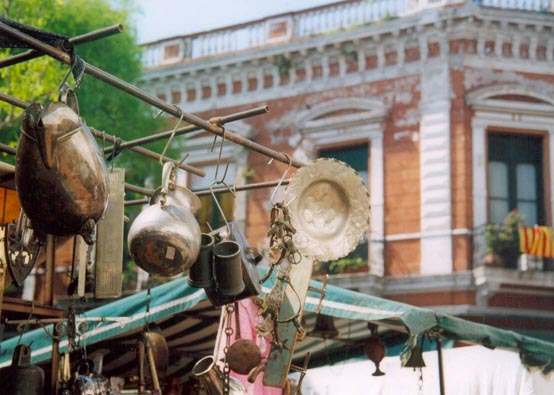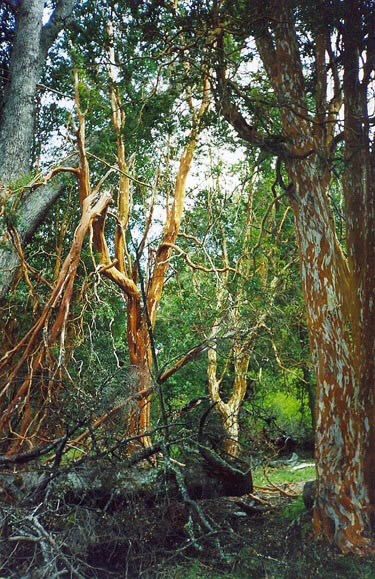Chile & Argentina
blabla

For some, Argentina is
synonymous with the tango. Free Sunday performances
people-watching opportunities in the historic San Telmo quarter of
Buenos Aires bring out tourists and locals alike. Professional
dancers hired by the city like this couple compete with students
tangoing for contributions and clowns and all manner of street
performers in the crowded sidestreets.
blabla

Plaza Dorrego is the heart
of San Telmo and on weekends the giant antique and collectibles market
parks its brass ass down in the square amidst the chaos of scurrying
shoppers, tango dancers, and gawkers.
blabla

It was a treat to attend
the Dia de la Tradición festival in the village of San Antonio de
Areco, an hour and a half inland from Buenos Aires. Popularly
known as The event in Argentina to see the fabled gauchos and their
horses and funny outfits, it was surprising to see so few international
tourists showed up. Various rodeo events like calf roping and
bucking bronco took place in the fairground adjacent to town, though I
must admit that I was very disappointed not to see any gauchos
taking down rheas with boleadores (those balls attached to a string)
like I'd seen in a book from childhood. The weekend is capped
off with the gaucho parade with riders and their women in full
regalia.
blabla

One of my favourite walks that I've taken on this entire
trip was a 12 km jaunt across the Arrayanes National Park in the
Argentine lake district, starting from the posh resort town of Villa la
Angostura to the tip of a peninsula jutting into the Nahuel Huapi
lake. The payoff is to see groves of arrayanes, these wicked
trees with cinnamon bark and creepy tendrils. They're the trees
in the haunted forest that you finger painted in elementary school, but
come to life.
blablablak

The Andean ridge as seen
from the highrise balcony of my hostel in Bariloche, looking out across
Nahuel Huapi lake. Bariloche is the preeminent ski and summer
mountain resort for Argentines (especially the Porteños of Buenos
Aires). Near the Llao Llao luxury hotel, arguably the most
prestigious on the continent, I crossed paths with the motorcade of the
Chinese president, who was being taken for a spin by his Argentine
hosts to entertain him on the eve of signing a trade deal between the
two nations.
blabla

Penguins! The Punta
Tombo nature reserve on the south Atlantic coast is the largest
breeding colony of Magellanic penguins in the world. They waddle
about between the sea and their underground nests burrowed a little way
inland, not terribly bothered by human activity.
blabla
blabla

The Chilean side of the
lakes district is more genteel and serene, and less ostentatious than
the Argentine side. Few tourists make it over to the Chilean
side, probably because of higher costs and less partying than in
Bariloche, but those that do make it come to realize just how distinct
the two sides of the Andes mountain range really are. The Chilean 10th
district, as the province is known, is green and verdant with pastoral
countryside, whereas the Argentine side is a harsh desert with no rural
development and only artifiicial faux-european style development in its
towns. Even the mountains are different. The Argentine side
resembles the Alps or Rockies with its large continous mountain
ranges. The Pacific-tempered Chilean side is dominated by a row
of hulking snow capped volcanos shooting out of a flat horizon, like
the Osorno volcano does here over the wealthy vacation town of Puerto
Varas.
blabla

From the Lake district down to the end of the world in
Patagonia, it is the South of Chile that captures imaginations and
sends hearts racing. With all due respect to Valparaíso, the
prettiest city in the southern half of South America, the most
spectacular site in Chile is without a doubt the Torres del Paine
national park in the deep south, almost as far south as you can go in
Chile. In fact, only the Iguazu Falls and the Salar de Uyuni, and
the adjacent Los Glaciares park on the Argentine side of the border,
are even in the same league as far as natural sights in South
America. A 4 to 6 day trek along the W trail uncovers the major
highlights, including the unearthly Torres del Paine (Paine Towers)
themselves (left) and the magnificent Grey Glacier (right). Sharp
craggy peaks, intensely coloured glacial lakes, and breaktaking
mountain passes follow you throughout the trek, as do unbelievably
fierce winds, occasional rain and fatigue.
BACK to HOMEPAGE







